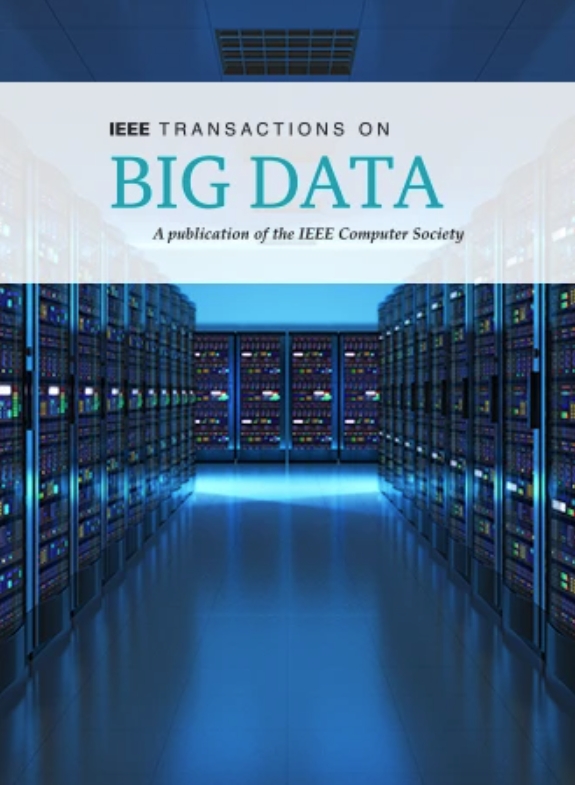高阶平滑度增强型图协同过滤
IF 7.5
3区 计算机科学
Q1 COMPUTER SCIENCE, INFORMATION SYSTEMS
引用次数: 0
摘要
基于图神经网络(GNNs)的推荐方法将用户与物品之间的交互明确建模为双向图,从而显著提高了性能。然而,现有的基于图神经网络的推荐方法由于利用了接收场的均匀距离而存在过度平滑问题。针对这一问题,我们提出将高阶平滑度信息明确纳入节点表示学习,并提出了一种基于 GNNs 的新推荐模型,即高阶平滑度增强图协同过滤(HS-GCF)。该模型主要由低阶模块和高阶模块两部分组成。低阶模块通过用户与项目的交互来保证低阶平滑度的良好获得。高阶模块利用潜在群体假设来限制均匀距离属性带来的过多噪声,我们称之为高阶平滑度信息。我们在三个真实世界的公共数据集上进行了实验,实验结果表明,与几种最先进的方法相比,该方法的性能有所提高,并验证了将高阶平滑度信息明确纳入节点表示学习的重要性。本文章由计算机程序翻译,如有差异,请以英文原文为准。
Higher-Order Smoothness Enhanced Graph Collaborative Filtering
Graph Neural Networks (GNNs) based recommendations have shown significant performance improvement by explicitly modeling the user-item interactions as a bipartite graph. However, the existing GNNs-based recommendation methods suffer from the over-smoothing problem caused by utilizing the uniform distance of the reception field. To address this issue, we propose to explicitly incorporate the higher-order smoothness information into the node representation learning, and propose a new GNNs-based recommendation model named
H
igher-order
S
moothness enhanced
G
raph
C
ollaborative
F
iltering (HS-GCF). The proposed model is mainly composed of two parts, namely lower-order module and higher-order module. The lower-order module guarantees that the lower-order smoothness is well obtained by using the user-item interactions. The higher-order module uses the latent group assumption to restrict too much noise introduced by the uniform distance property, which we call the higher-order smoothness information. Experiments are conducted on three real-world public datasets, and the experimental results show the performance improvements compared with several state-of-the-art methods and verify the importance of explicitly incorporating the higher-order smoothness information into the node representation learning.
求助全文
通过发布文献求助,成功后即可免费获取论文全文。
去求助
来源期刊

IEEE Transactions on Big Data
Multiple-
CiteScore
11.80
自引率
2.80%
发文量
114
期刊介绍:
The IEEE Transactions on Big Data publishes peer-reviewed articles focusing on big data. These articles present innovative research ideas and application results across disciplines, including novel theories, algorithms, and applications. Research areas cover a wide range, such as big data analytics, visualization, curation, management, semantics, infrastructure, standards, performance analysis, intelligence extraction, scientific discovery, security, privacy, and legal issues specific to big data. The journal also prioritizes applications of big data in fields generating massive datasets.
 求助内容:
求助内容: 应助结果提醒方式:
应助结果提醒方式:


